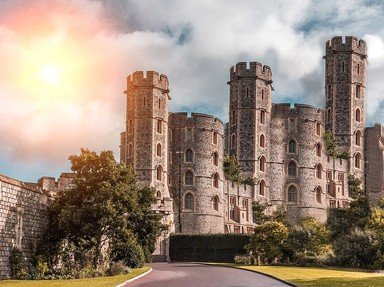Quiz Answer Key and Fun Facts
1. The vast palace and fortress known as the Alhambra can be found in which Spanish city in Andalusia?
2. The most famous part of the Alhambra is the Court of the Lions, so named after the lions that adorn which structure in the court?
3. The Court of the Lions is divided into four sections that are said to represent the four what?
4. What kind of style of ceiling adorns the Alhambra's Hall of the Abencerrajes?
5. Who is honored at the Villa de los Martires or Martyrs' Villa on Monte Mauror?
6. Which location within the Alhambra is nicknamed the Patio of the Pond?
7. Which of the following is NOT one of the three main sections of the Plaza de Nazaries, the Royal Complex?
8. Which of the following is NOT true regarding the Palace of Charles V, a small structure within the Alhambra?
9. What is the claim to fame of the Torre de la Vela in the Alhambra's Alcazar?
10. The Palacio de Generalife is a nearby building part of the Alhambra complex. Officially, it served as a summer home for the Emirates of Grenada. Today it is most famous for what?
Source: Author
Joepetz
This quiz was reviewed by FunTrivia editor
trident before going online.
Any errors found in FunTrivia content are routinely corrected through our feedback system.

